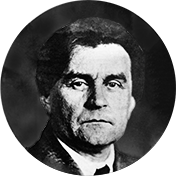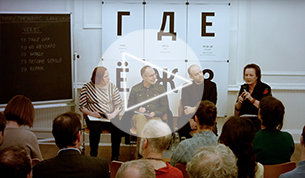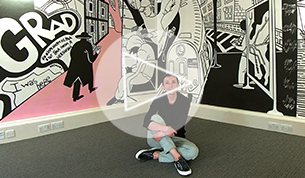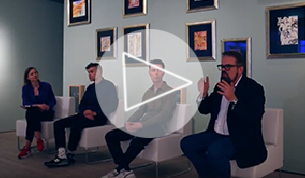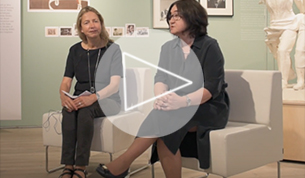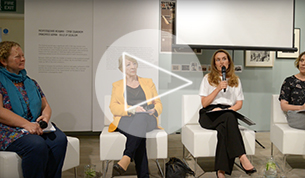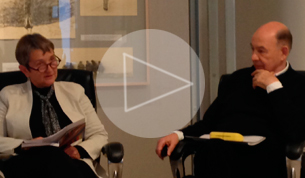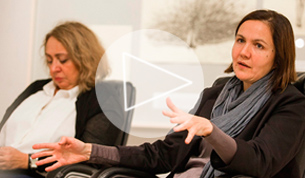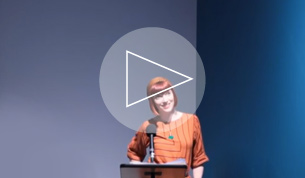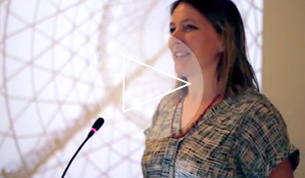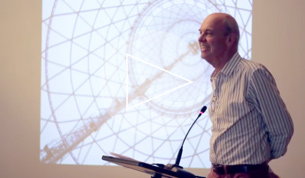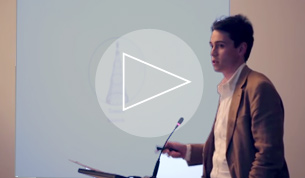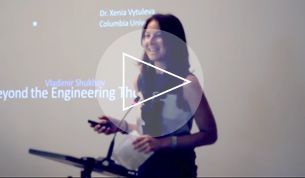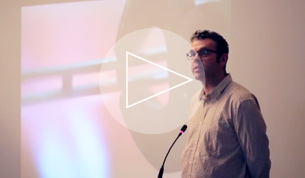Watch
Mother Tongue
Apparition of the Last Soviet Artist in London
ShadowMemory x Art Night Open
Postponed Futures
Superwoman: ‘Work, Build and Don’t Whine'
Unexpected Eisenstein
-
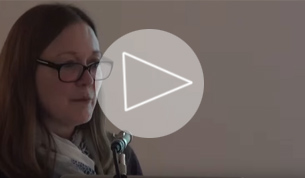 Rachel Morley:
Rachel Morley:
Russian Cinema before 1917 -
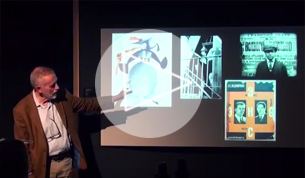 Ian Christie:
Ian Christie:
Besides Eisenstein: Protazanov, Barnet and the new Soviet cinema of the 1920s -
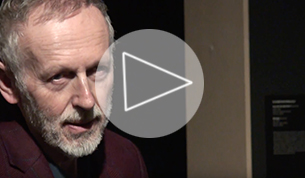 Ian Christie:
Ian Christie:
Maxim and co: creating the new heroes and heroines of the 1930s -
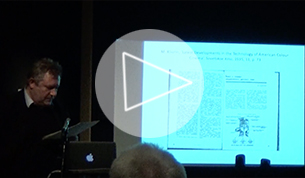 Phil Cavendish:
Phil Cavendish:
Soviet Colour Film, 1929-1945: An Experiment Understood by Very Few -
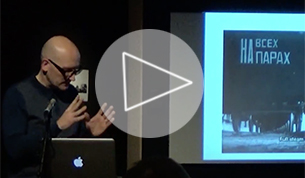 Jeremy Hicks:
Jeremy Hicks:
Meaningful Martyrdom — Death, Revolution and Victory from Lenin to the Reichstag, 1924–45 -
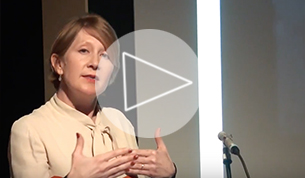 Emma Widdis:
Emma Widdis:
Film and the Making of the New Soviet Person: Bodies, Minds and Feelings -
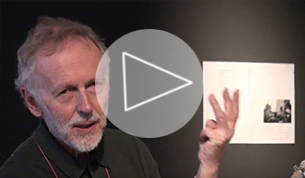 Ian Christie:
Ian Christie:
Hopes and fears: the Soviet New Wave of the 1960s -
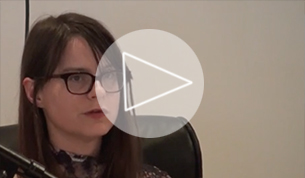 Carmen Gray:
Carmen Gray:
Andrei Tarkovsky: The Citizen Poet and the State -
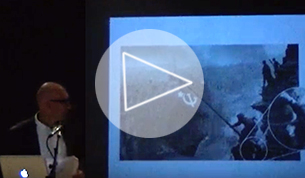 Jeremy Hicks:
Jeremy Hicks:
Reusing War Footage in Russian and Soviet Films, 1945–2015
Peripheral Visions
A Game in Hell. The Great War in Russia
-
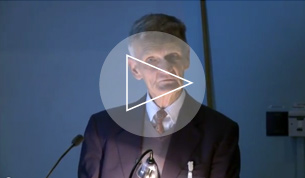 John E. Bowlt:
John E. Bowlt:
Introductory remarks -
 Elena Sudakova:
Elena Sudakova:
'Forgotten Heroes of the Great War' -
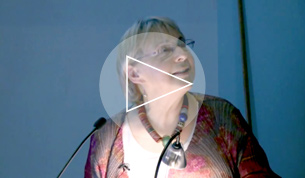 Christina Lodder:
Christina Lodder:
'A Painting Fit for Heroes: Kazimir Malevich's Reservist of the First Division' -
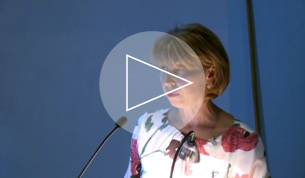 Natalia Budanova:
Natalia Budanova:
'Who Needs the Art Now?': Russian Women Artists Representing the Great War' -
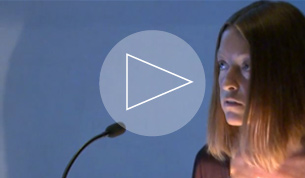 Valentina Parisi:
Valentina Parisi:
'Russian Avant-Garde Circles and the Literary Response to the Great War'
Work and Play Behind the Iron Curtain
The Shabolovka Tower Model
Kino/Film: Soviet Posters of the Silent Screen
-
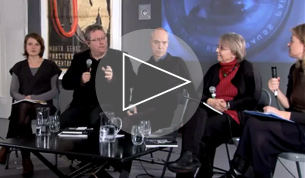 Curators and Special Guests:
Curators and Special Guests:
Panel Discussion with Exhibition -
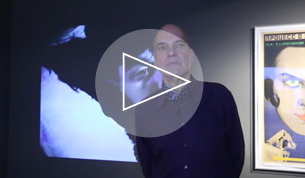 Lutz Becker:
Lutz Becker:
Curator talks: Chess Fever and The Three Million Case -
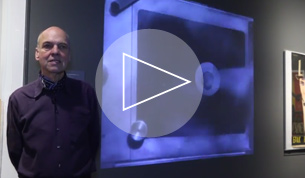 Lutz Becker:
Lutz Becker:
Curator talks: Man with a Movie Camera -
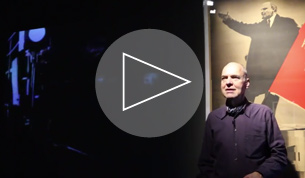 Lutz Becker:
Lutz Becker:
Curator talks: October -
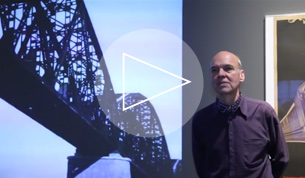 Lutz Becker:
Lutz Becker:
Curator talks: Storm Over Asia and Turksib -
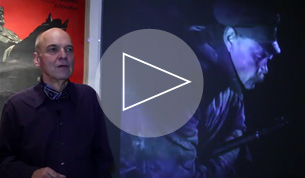 Lutz Becker:
Lutz Becker:
Curator talks: The End of St Petersburg -
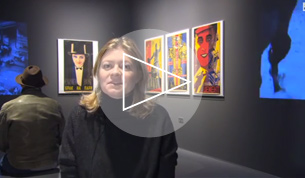 Elena Sudakova:
Elena Sudakova:
Soviet Posters of the Silent Screen
Utopia LTD
-
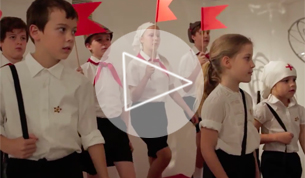 'Inside the Rainbow' Performance:
'Inside the Rainbow' Performance:
Directed by Irina Brown -
 Professor John Milner:
Professor John Milner:
Seminar: 'Re-Constructivism' -
 Willem Jan Renders:
Willem Jan Renders:
Seminar: 'After Lissitzky: Reconstructions at the Van Abbemuseum' -
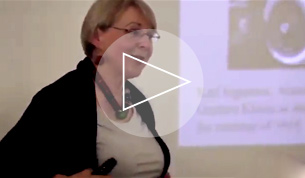 Christina Lodder:
Christina Lodder:
Seminar: 'Gustav Klucis: Transmitting Utopia' -
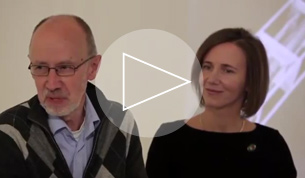 Aleksandr Shklyaruk:
Aleksandr Shklyaruk:
Seminar: 'Klucis and the Materialisation of a Futurist Idea' -
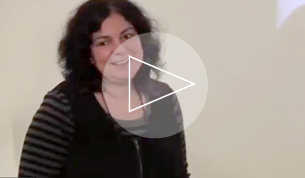 Dr. Maria Tsantsanoglou:
Dr. Maria Tsantsanoglou:
Seminar: 'Tatlin's Legend'
Listen
Superwoman: ‘Work, Build and Don’t Whine'
Unexpected Eisenstein
Bolt
A Game in Hell. The Great War in Russia
Read
Kazimir Malevich
(1879-1935)
Kazimir Malevich was born in 1879 to a Polish family in Kiev and grew up as one of six children. During his younger years in the Ukraine he developed his love for art and, in 1904, having saved up money from working as a railroad clerk, he travelled to Moscow to study at the Fedor Rerberg School where he experimented with Art nouveau, Symbolist and Impressionist styles.
In 1907, after making an acquaintance with avant-garde artists Mikhail Larionov, Wassily Kandinsky and David Burliuk, Malevich’s style shifted towards a more Futurist aesthetic and he was invited to join the Jack of Diamonds group in 1910. He was also involved with another artistic collective – Donkey’s Tail and Target – which had a more Primitivist, Cubo-Futurist interpretation of art and philosophy. However, after disagreements with Larionov, Malevich left the Jack of Diamonds in order to join the Youth Union of Futurist artists in St Petersburg.
The period 1912-1913 saw Malevich work mostly in the Cubo-Futurist style; unlike his Italian counterparts, who celebrated the speed and violence of the machine age, he drew inspiration from rural scenes and Russian peasant culture. In 1913 Malevich contributed designs for the Futurist opera Victory over the Sun which incorporated for the first time an apparent version of the ‘black square’ motif. It wasn’t until 1915 that Malevich unveiled the Suprematist movement and his most famous work Black Quadrilateral (commonly known as The Black Square) at ‘The Last Futurist Exhibition of Painting, 0.10’ in Petrograd. Positioned in the space usually reserved for icons, Malevich’s quadrilateral became a powerful symbol of the new movement. To accompany the exhibition Malevich published a manifesto From Cubism to Suprematism: The New Painterly Realism, stating his desire to install a new style of painting that rejected realism and the conventions of the past.
Like many of his contemporaries, the October Revolution of 1917 offered new opportunities for Malevich. He began work at the People's Commissariat for Enlightenment as an employee of its Fine Arts Department, known as IZO, which examined and monitored art and education under the new Soviet state. He also taught at the Free Art Studios in Moscow where he encouraged students to forget the traditional bourgeois ideas about art and its rigidly taught forms and instead encouraged them to evolve in a more free and abstract direction. At this time he also helped design a production of Vladimir Mayakovsky’s Mystery Bouffe, marking the one year anniversary of the Communist Revolution.
1919 saw the completion of Malevich’s book On New Systems in Art in which he attempted to apply the ideas behind Suprematist art to the workings of the Soviet state, suggesting the notion of art in support of the system. Later that year Malevich moved to the town of Vitebsk to teach at an art school run by Marc Chagall. After Chagall’s departure in 1920 Malevich organised the students into a group called UNOVIS which roughly translates as ‘Affirmers of the New Art’. Their purpose was to reject traditional art forms and methods which they saw as constricting and undertake instead projects to design posters, textile patterns and china, seeking to move art into everyday life. Malevich went on to extend his Suprematist ideas into new modes and produced a series of architectural designs for towns and buildings. These models, christened ‘architektons’ by Malevich, formed utopian architectural plans for structures intended to orbit the Earth like satellites.
It was at this time that he, much like his contemporaries, was becoming too outspoken and non- conformist for the changing political and cultural scene of the time. In the 1930s Malevich’s work lost popularity and he was soon arrested and questioned on his political and artistic beliefs by the state police.
In his later work Malevich often portrayed rural and peasant scenes, much like the art of his early youth. His figures in these later paintings are often faceless and possess an eery quality. Towards the end of his career he was barred from state schools and exhibition venues and under pressure from the state Malevich returned to a more realistic style of painting. Nevertheless he didn’t completely abandon his old ideas - he continued to mark many of his paintings with a small black square in place of a signature. He died in 1935 after battling cancer and was buried in a coffin he himself designed, with the image of a Black Square on its lid.
